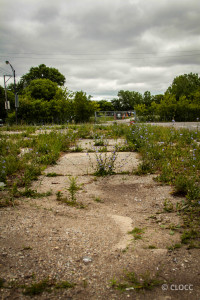Neighborhood Walkability & Accessibility Initiative
Improving neighborhoods and communities  so that they support and enable physical activity is a key strategy in addressing the childhood obesity epidemic. By providing a safe and secure environment equipped with the necessary infrastructure, communities can empower their residents to make active and healthy transportation choices.
so that they support and enable physical activity is a key strategy in addressing the childhood obesity epidemic. By providing a safe and secure environment equipped with the necessary infrastructure, communities can empower their residents to make active and healthy transportation choices.
To enable activity, sidewalks must be available and well maintained, street crossings properly marked and controlled, and parks outfitted with safe play equipment and free of illegal activity. Families must also feel confident that children can walk to school or play outside without fear of crime, violence or dangerous vehicle traffic.
Walkability assessments help recognize and document the characteristics that may be impacting how active residents are in a particular neighborhood. The Neighborhood Walkability & Accessibility Assessment Tool identifies the strengths and weaknesses of neighborhood walking routes and provides action steps that can help address neighborhood barriers. As a result of conducting walkability assessments, groups can emerge from the process positioned to strategize and take action to make built environment changes to their neighborhood streets and sidewalks.
To learn about implementing a walkability assessment in your community, please fill out this short form and a CLOCC staff member will contact you.

